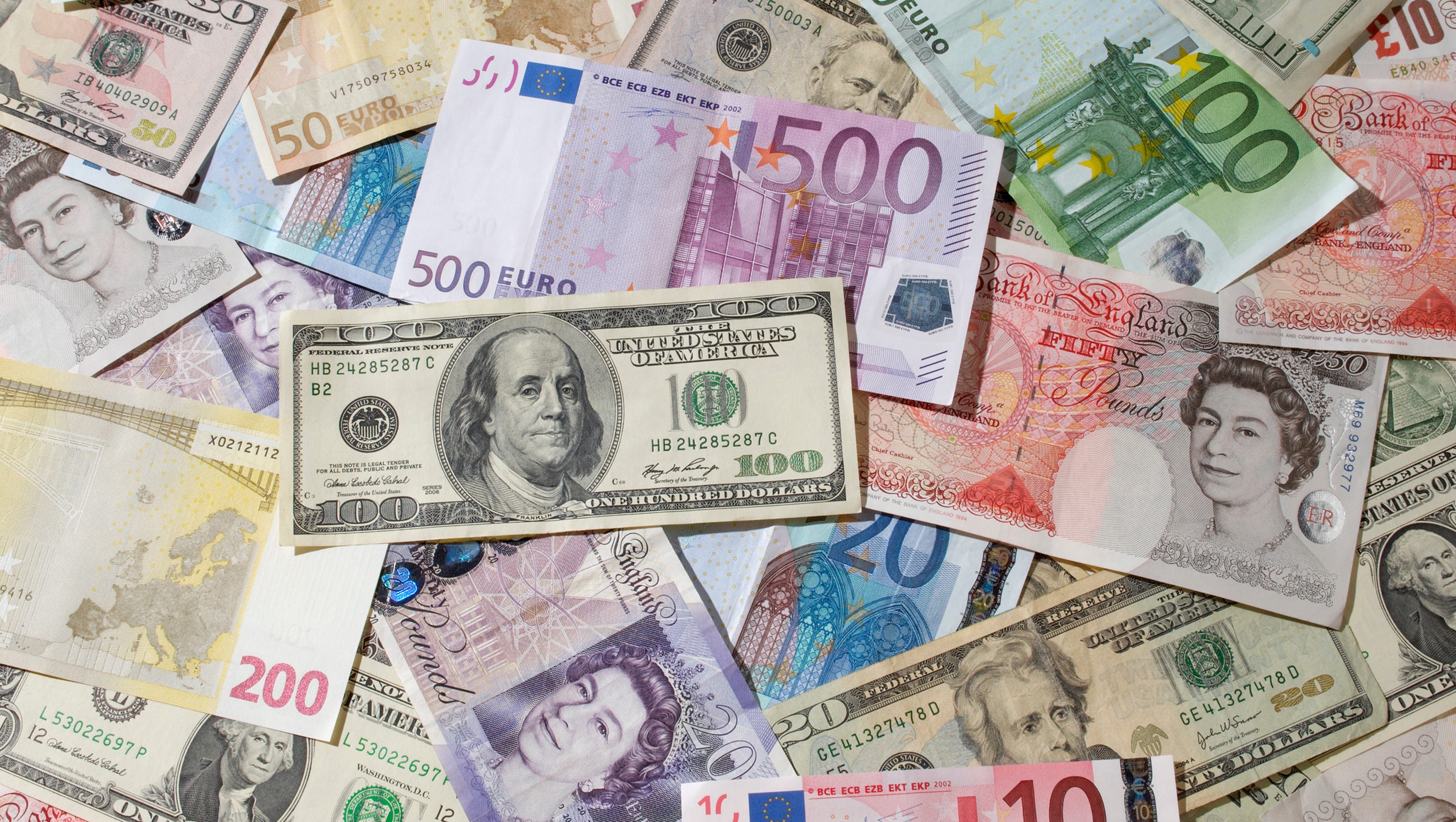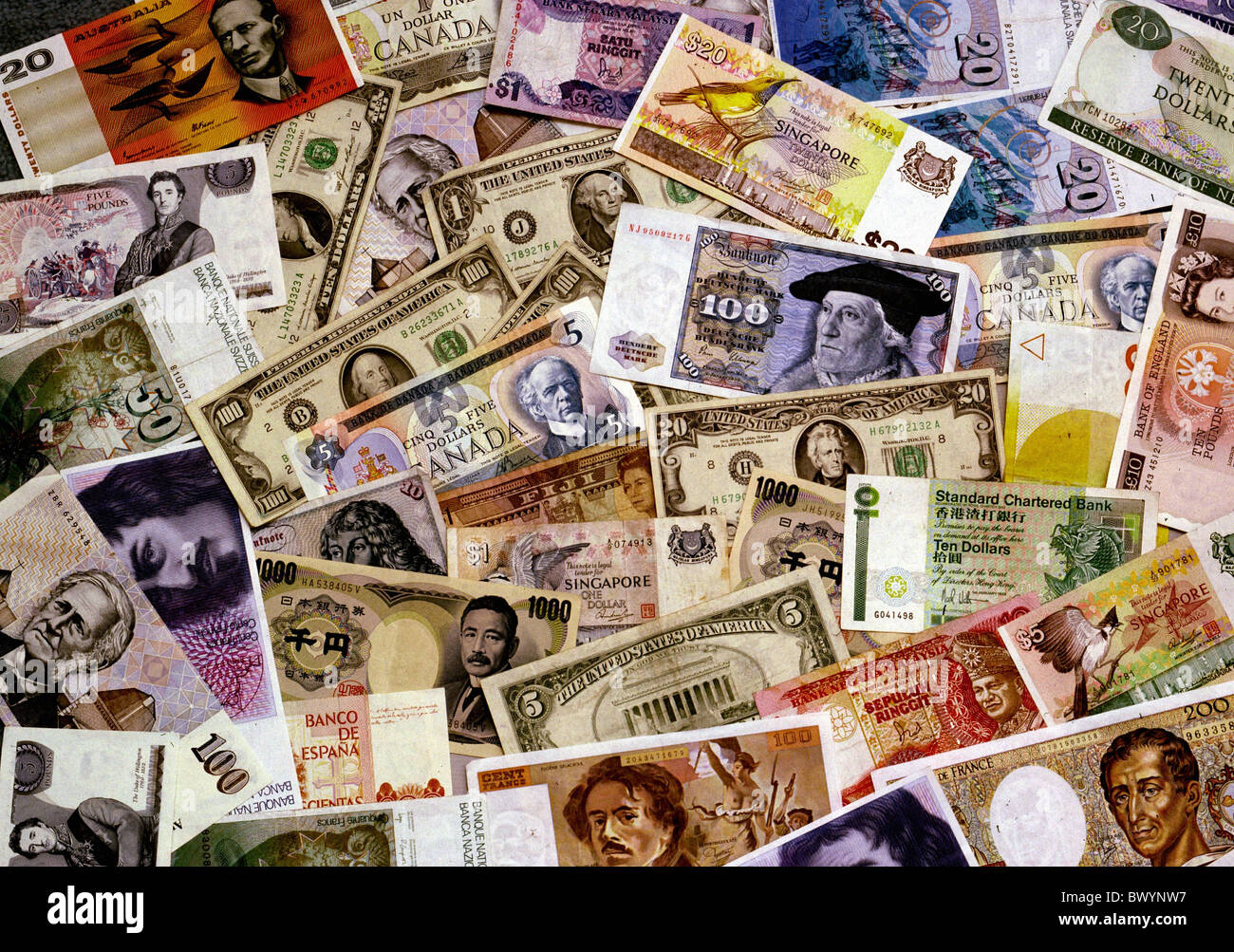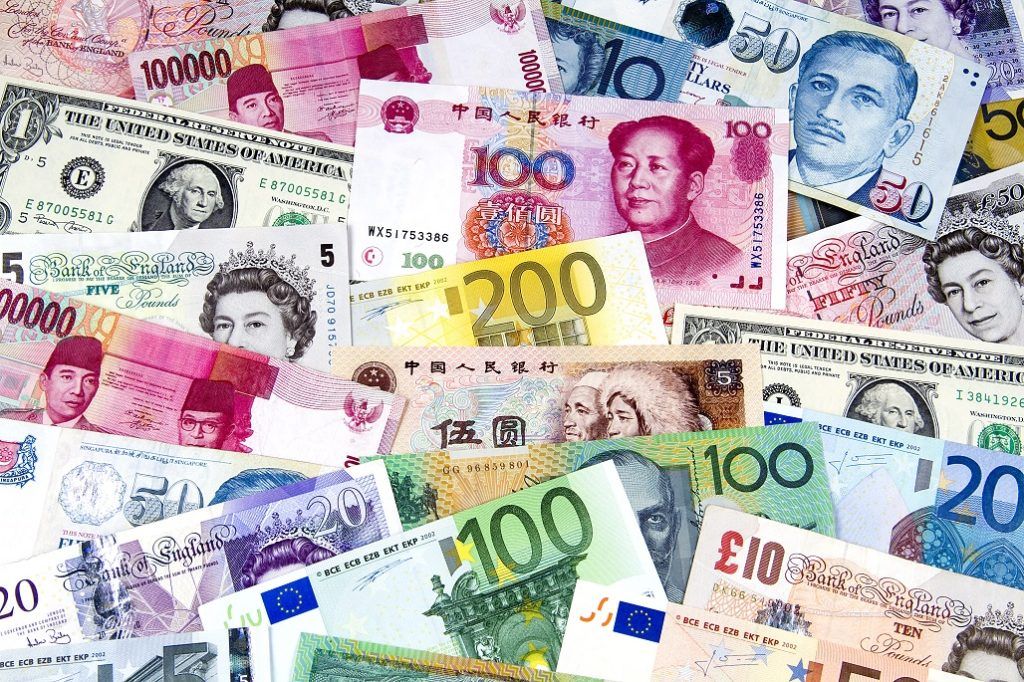Navigating Currency Exchange In Iran: A Tourist's Essential Guide
Embarking on a journey to Iran promises an unforgettable cultural experience, but for many travelers, the intricacies of currency exchange in Iran can seem like a complex puzzle. Before delving into the myriad wonders this ancient land offers, understanding its unique monetary system is paramount. This comprehensive guide aims to demystify the process, ensuring your financial transactions are as smooth and stress-free as your exploration of Iran's rich heritage.
The Iranian currency, the Iranian Rial (IRR), has been a topic of significant interest and concern, both domestically and internationally, due to its volatile exchange rate and the economic challenges facing Iran. This volatility, coupled with a dual currency system, often leaves visitors perplexed. So, let’s dive in and unravel the mysteries of tourist money exchange in Iran, equipping you with the knowledge to navigate its financial landscape with confidence and ease.
Table of Contents
- Understanding Iran's Currency: Rial vs. Toman
- The Dynamics of Currency Exchange in Iran
- Where to Exchange Money in Iran
- Tips for Tourists: Seamless Currency Exchange in Iran
- Staying Updated: Live Rates and Tools
- Beyond Traditional Exchange: Crypto in Iran
- Navigating Challenges and Ensuring Trustworthiness
- Conclusion: Mastering Your Money in Iran
Understanding Iran's Currency: Rial vs. Toman
When visiting Iran, it’s crucial to understand the Iranian local currency system to avoid confusion during transactions. To be able to exchange money in Iran, first you should know about its currency. Many travelers don’t know that Iran has two currencies, one is called Toman and the other is called Rial. This dual naming system is perhaps the most significant source of confusion for newcomers.
The Rial: Iran's Official Currency
Rial (shown with ریال symbol and IRR currency code) is Iran’s official currency. This is the currency you will see printed on all banknotes and coins issued by the Central Bank of Iran. Iran’s official currency is the Iranian Rial (IRR). The most common banknotes you will see in Iran are 5,000, 10,000, 20,000, 50,000, 100,000, 500,000, and 1,000,000 Rials. You will also probably see coins in value of 1,000, 2,000, and 5,000 Rials. While the Rial is the legal tender, it's not always the unit of choice in everyday conversations.
The Toman: The Everyday Language of Prices
The Rial is the currency of Iran, although Iranians commonly express the prices of goods in Tomans. Toman (two names, one currency) Iranian currency can be a bit confusing for travelers. Essentially, one Toman is equal to 10 Rials. So, if a vendor tells you something costs "50 Tomans," they mean 500 Rials. This informal unit is deeply ingrained in daily life, making it essential for travelers to grasp this conversion to avoid overpaying or confusion. Other than knowing Iran currency name, it is important to understand the difference between Toman and Rial, as virtually all prices in shops, restaurants, and taxis will be quoted in Tomans. Always clarify whether the price is in Rials or Tomans, especially for larger purchases, though it's almost always Toman in casual commerce.
The Dynamics of Currency Exchange in Iran
The Iranian currency, the Iranian Rial (IRR), has been a topic of significant interest and concern, both domestically and internationally, due to its volatile exchange rate and the economic challenges facing Iran. This volatility directly impacts the process of currency exchange in Iran for visitors.
Official Rate vs. Open Market Rate
A critical distinction to understand is the difference between the official exchange rate and the open market rate. The currency rate of Dollar, Euro, and etc. in the Iranian currency market is different from the official rate. If you try to exchange money at a bank in Iran, you will likely be offered this much lower official rate, which is not beneficial for you. This rate is primarily used for government transactions and specific imports. For tourists, it's largely irrelevant.
This is the real exchange rate used in Iran’s open currency market and by exchange shops (sarafi). This open market rate is significantly higher and more reflective of the Rial's true value. Always aim to exchange your currency at this open market rate to get the most value for your money. In 2012, the government launched a foreign exchange center that would provide importers of some basic goods with foreign exchanges at a rate about 2% cheaper than the open market rate on a given day. While this aimed to stabilize certain sectors, it further highlighted the existence of multiple rates, making the open market the clear choice for individual travelers.
Daily and Hourly Fluctuations
The Iranian rate of exchange is changing day to day and even hourly according to Iran's economic system and political relations. As of 2025, the exchange rate of the Rial continues to be influenced by a complex interplay of domestic policies, international sanctions, and geopolitical developments. This means the rate you see one day might be different the next, or even within a few hours. This volatility underscores the importance of staying informed and not exchanging all your money at once. A little information from our friendly agent would help you to find the best way to exchange your currency into Rial. Local insights can be invaluable.
Where to Exchange Money in Iran
Knowing where to perform currency exchange in Iran is crucial for convenience and getting the best rates. By knowing where to find these exchange offices in Iran’s key cities, you can ensure a smooth and convenient process for handling your currency needs during your travels.
Airports: Initial Convenience
Iran’s airports usually have currency exchange services. This can be convenient for getting your first batch of Rials upon arrival, enough to cover immediate expenses like a taxi to your hotel or a meal. While airport rates might not be the absolute best, they offer a secure and accessible option when you first land. It's advisable to exchange a small amount here and then seek better rates in the city.
Exchange Shops (Sarafi): Your Best Bet
For the best rates and larger transactions, exchange shops, locally known as "Sarafi" (صرافی), are your go-to. These are private businesses specializing in currency exchange and operate at the open market rate. You'll find them in major cities, often concentrated in specific areas or financial districts. They are generally reliable and offer competitive rates for major currencies like USD, EUR, and GBP. Always compare rates between a few shops if possible, and ensure you count your money carefully before leaving the counter. This is where you will experience the true currency exchange in Iran as a tourist.
Tips for Tourists: Seamless Currency Exchange in Iran
Currency tips for tourists in Iran are essential for a hassle-free trip. Given the unique financial landscape, a few practical pointers can make all the difference:
- Bring Cash: Due to international sanctions, most foreign credit and debit cards do not work in Iran. Cash, preferably USD or EUR, is king. Bring enough for your entire trip, plus a buffer for emergencies.
- Exchange in Batches: Given the daily and even hourly fluctuations in the exchange rate, avoid exchanging all your money at once. Exchange smaller amounts as needed to capitalize on favorable rates.
- Check the Rate: Before any transaction, always ask for the current exchange rate. Websites and apps can give you a good indication of the open market rate, but always confirm with the exchange shop.
- Count Your Money: Always count the Rials you receive before leaving the exchange counter. Double-check the denominations.
- Keep Smaller Denominations: Once you have Rials, try to break down larger banknotes into smaller ones. While 1,000,000 Rial notes exist, many smaller shops or taxis might struggle to provide change.
- Be Aware of Weekends: Currency exchange markets are open 24 hours a day on weekdays, which means the best time to buy Iranian Rials is any day of the week except on weekends (Thursday afternoon and Friday in Iran). Plan your exchanges accordingly.
- Local Guidance: Don't hesitate to ask your hotel staff, tour guide, or trusted locals for advice on where to find reliable exchange shops and the current rates. Their insights can be invaluable for smooth currency exchange in Iran.
Staying Updated: Live Rates and Tools
Given the dynamic nature of the Iranian Rial, staying updated with live Iranian Rial (IRR) exchange rates is crucial. Get Iranian Rial rates, charts, and an IRR currency converter to help you manage your budget effectively. You can learn the value of 1 United States Dollar (USD) in Iranian Rials (IRR) today and track its performance.
- Online Currency Converters: Use reliable online tools to convert 1 Dollar to Rials with an online currency converter. These calculators help you convert US Dollar to Iranian Rial from other currencies by simply typing in the box how much you want to convert. Click on the dropdown to select USD in the first dropdown as the currency that you want to convert and IRR in the second dropdown as the currency you want to convert to. Experience seamless currency conversions with Toman as your base currency if the tool offers it.
- Financial News Outlets: Stay updated with the latest buy and sell rates for various currencies including USD, EUR, GBP, and more, by checking reputable Iranian financial news sources. Financial Tribune, the first Iranian English economic daily, is an excellent resource for the latest news about Iran currency.
- Rate Charts: The dynamics of the exchange rate change for a week, for a month, for a year on the chart and in the tables. Regularly checking these charts can give you a sense of the Rial's recent performance and help you decide when to exchange.
Beyond Traditional Exchange: Crypto in Iran
While traditional cash exchange remains the primary method for tourists, it's worth noting the growing interest in and use of cryptocurrencies in Iran, particularly among locals. We reviewed all 6 available crypto exchanges in Iran and compared many factors, including deposit and withdrawal options, trading fees, ease of use, available features, asset safety, staking yields, number of coins listed, volume, security, new user bonuses, and more. As a result, we compiled this list of best crypto exchanges in Iran.
BestChange is an indispensable resource that offers unparalleled tracking of exchange rates across an expansive network of reliable exchangers, equipping you with the essential data required for making informed decisions when it comes to moving money around the globe, including for crypto. However, for most tourists, relying on traditional cash currency exchange in Iran through reputable Sarafi shops is the safest and most practical approach. Crypto transactions can be complex and are subject to varying regulations, making them less ideal for short-term visitors.
Navigating Challenges and Ensuring Trustworthiness
The unique economic situation in Iran, primarily influenced by international sanctions, creates a distinct environment for financial transactions. This makes the principle of E-E-A-T (Expertise, Authoritativeness, Trustworthiness) particularly vital when dealing with currency exchange in Iran. Here’s how to ensure you're making informed and secure decisions:
- Verify Exchange Shops: Always use licensed and reputable exchange shops (Sarafi). They typically have official signage and operate in well-lit, professional settings. Avoid street vendors offering exchange services, as these carry higher risks of fraud or counterfeit currency.
- Be Wary of "Too Good to Be True" Rates: If an exchange rate seems significantly better than what reputable sources or other shops are offering, it's a red flag. Stick to the prevailing open market rate.
- Understand the Dual System: Reiterate your understanding of Rial and Toman. When making a purchase, always confirm whether the price is in Rials or Tomans. For example, if something is 50,000, ask "Toman or Rial?" to avoid any misunderstanding.
- Keep Records: For larger transactions, it's wise to keep a record of the exchange, perhaps by taking a photo of the receipt or noting down the amount exchanged and the rate.
- Consult Locals: As mentioned, a friendly agent or trustworthy local can provide invaluable, real-time advice on the best places and current rates. Their local expertise adds a layer of trustworthiness to your decisions.
- Security of Funds: Since you'll be carrying a significant amount of cash, take standard precautions. Distribute your money in different secure places on your person or in your luggage, and use hotel safes when available.
Conclusion: Mastering Your Money in Iran
Navigating currency exchange in Iran might seem daunting at first, but with the right knowledge and a few practical tips, it becomes a straightforward part of your travel experience. Understanding the Rial-Toman duality, knowing where to find reliable exchange shops, and staying updated on the fluctuating open market rates are your keys to financial success in Iran.
By following the advice outlined in this guide, you can ensure that your currency exchange process is efficient, fair, and secure, allowing you to focus on the incredible cultural immersion that awaits you. Remember to always prioritize reputable sources for exchange, stay informed about the latest rates, and embrace the unique aspects of Iran's financial system.
At the end, if you have any experience on currency exchange in Iran, leave us a comment below and share your insights. Or, if you find this article helpful, share it with your friends who might be planning a trip to this fascinating country. Safe travels!
Article Recommendations



Detail Author:
- Name : Mrs. Lorena Tromp
- Username : kristopher72
- Email : henriette19@langworth.org
- Birthdate : 1996-01-14
- Address : 5027 Marquardt Crossing Apt. 971 Annaliseberg, WA 72811
- Phone : (419) 329-6416
- Company : Upton, Hill and Cremin
- Job : Food Cooking Machine Operators
- Bio : Ab ipsa omnis cupiditate. Omnis labore at asperiores odit eum est quidem laudantium. Odit error recusandae odit. Dolores voluptates saepe voluptatem necessitatibus suscipit quia odio similique.
Socials
linkedin:
- url : https://linkedin.com/in/fisher2000
- username : fisher2000
- bio : Temporibus maxime labore qui.
- followers : 3537
- following : 692
tiktok:
- url : https://tiktok.com/@karley.fisher
- username : karley.fisher
- bio : Non perspiciatis sunt consequatur incidunt labore porro.
- followers : 2289
- following : 345
instagram:
- url : https://instagram.com/fisher1973
- username : fisher1973
- bio : Perspiciatis autem dolores qui culpa. Eligendi atque aperiam corrupti.
- followers : 5447
- following : 2935
twitter:
- url : https://twitter.com/fisher2011
- username : fisher2011
- bio : Aspernatur voluptate at corporis corporis minima omnis. Nihil ipsa voluptatibus qui ut. Non in qui autem.
- followers : 4763
- following : 2751